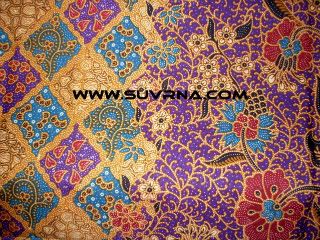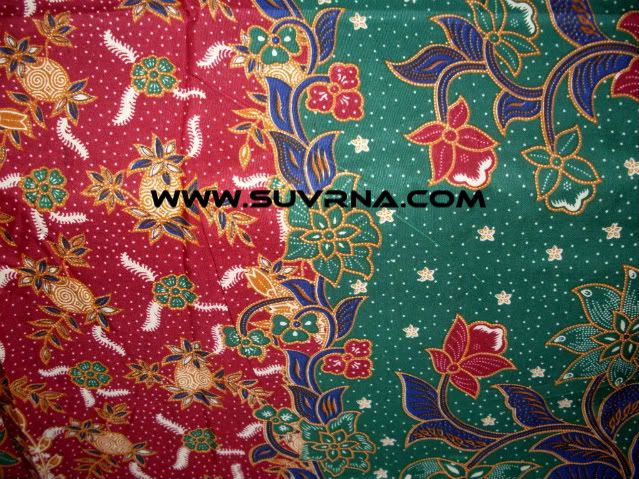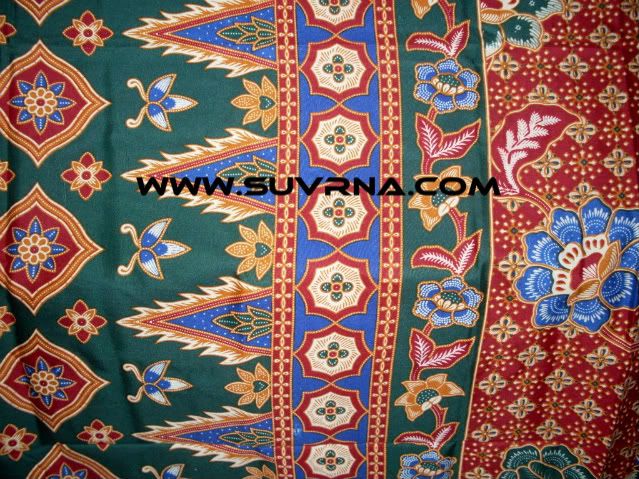Sarong's are large tube or length of fabric often wrapped around the waist and as a kilt by men and skirt by women. There are various types of sarongs for different occasions. Sarongs can range from the formal to the casual. Usually men wear it at home or religious ceremonies and women similarly. Similar variations of the sarong exist outside South East Asia ranging from the Middle East to the Pacific islands. In Cambodia for traditional dance women sometimes wear a 'sampot' which is similar to the sarong. In Kerala India they are called 'Mundu' and in Sri Lanka 'Redda' and in Pacific Islands a 'Pareo'. Although the look can vary greatly according to geographic location the principle remains the same throughout.
Some sarongs of South East Asia :
Contemporary Men's Sarong Chequered (Indonesian)
Modern and Unique Men's Sarong Vertical lines (Indonesian)
Elegant Malaysian Batik Ladies Sarong
Elegant Indonesian Batik Ladies Sarong
By www.suvrna.com
South East Asia's Artistic Heritage
During the prime of South East Asian civilization, this part of the world was a hot bed of intellectual, artistic and religious study. Out sprouted indelible cultural icons such as batik and other art forms. Our aim is to set up a blog to study and appreciate South East Asia's deep cultural artistic and cultural heritage.
Monday, January 31, 2011
Batik, ancient Asian heritage artwork
Origins
The word Batik originates from Javanese where it finds it roots within the words ‘amba’ (to write), ‘titik’ (dot/point) and also possibly from the word ‘becik’ meaning to tattoo from the use of a needle. Batik is created traditionally using wax-resist dyeing techniques. Batik making is woven within the fabric of ancient South East Asian Culture going back more than 2000 years.
These exotic pieces of wearable art were historically laden with spiritual symbolagy and sometimes designs of plants and animals. Javanese traditional batik has notable meanings rooted within the Javanese conceptualisation of the universe. Historically Javanese batik colours include indigo, dark brown, and white, which represent the three major Hindu Gods (Brahma, Visnu and Siva). This is also correlated with the fact that natural dyes are easily found in brown and indigo.
Modern Malaysian batik often displays plants and flowers to avoid the interpretation of human and animal images as idolatry in accordance with local Islamic doctrine. Certain batik patterns have traditionally only been worn by nobility for example wider stripes or wavy lines of greater width indicated higher rank. Traditionally ‘Pesisir Batik’ which comes from the coastal cities of northern Java is especially vibrant and was favoured by Peranakan Chinese, Dutch and Eurasians in Malaysia.
Preservation of this ancient art
In 2009 UNESCO designated Indonesian batik as a Masterpiece of Oral and Intangible Heritage of Humanity. UNESCO has insisted that Indonesia preserve this ancient art form. South East Asia’s ancient culture is rich and meaningful. Today you have a chance to have a piece of history to cherish and enjoy these batik pieces.
Labels:
Batik
Subscribe to:
Comments (Atom)







